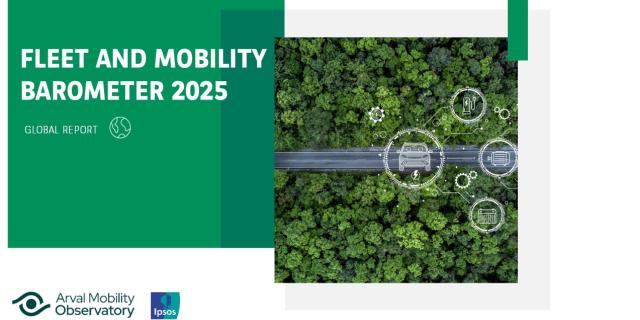Home, Work and Mobility
After transforming the automotive, insurance and telecommunications industries, mobility is now once again changing our built environment. Remote working, sustainability and changes in user behaviours have been accelerated, and are pushing real estate developers to rethink what residential and commercial developments should look like to accommodate new transport and working habits.
The inclusion of drop off zones for shared modes of transport, charging points for electric vehicles, scooters and e-bikes, guidance equipment for driverless machines, delivery areas for online orders, and even sky ports for flying cars, also called eVTOL vehicles, are developments that builders cannot overlook anymore. This was clear even before 2020. Now, accelerated by the pandemic, new migration patterns and office behaviours will add layers of uncertainty and complexity on how a city should be developed.
We will guide you through this fascinating world of bricks, people, and mobility through four chapters of content. Each offers exclusive interviews with leading experts sharing their unique insights.
The first part sets the context and assesses the immediate impact of Covid-19 on cities and mobility. We will address the significant lifestyle changes affecting real estate and mobility industries.
Based on these trends, the second chapter looks at how working from home and migration patterns will create a longer-term legacy of Covid-19 for mobility. The digitalisation of work leaves its mark. While some have escaped for more rural landscapes, others are leveraging the crisis (and decreased home prices) to move closer to city centres, impacting how and when we move in- and outside of cities.
The third section explores future opportunities for commercial buildings, and deep dives into the role of companies to accelerate the implementation of smart mobility services.
Finally, we will complete this series with a projection of what our future cities might look like, including two fascinating case studies from the heart of Europe.
Discover more in this webinar based on the publication.












